The African wildcat (Felis lybica) is a small wild cat found in Africa and Asia
Scientific Name: Felis lybica
Conservation Status: Least Concern
Subspecies (Valid as of 2017)
- F. I. lybica – the original species (North Africa, and the Egyptian Sinai peninsula to Sudan)
- F. I. ornata (Asiatic wildcat)
- F.I. cafra (Southern Africa)
Lineage – The African wildcat belongs to the Domestic Cat lineage, which includes the Jungle cat, black-footed cat, sand cat, Chinese mountain cat, European wildcat and domestic cat.
Interesting African wildcat facts
- Can be found in Africa and the Middle East.
- Around 10,000 years ago, Ancient Egyptians tamed the Near Eastern African wildcat to protect their granaries by reducing rat populations.
- The ancestor of the domestic cat is the African wildcat.
- Its scientific name was proposed in 1780.
- Has short black tufts on its ears
- Has a ringed tail
- Has shorter fur than the European wildcat with slightly different stripes.
More about the African wildcat
Approximately 173,000 years ago, African wildcats split into three groups: the Near Eastern wildcat, the Southern African wildcat, and the Asian wildcat. The Near Eastern wildcat was domesticated and is the ancestor of today’s house cat.
Physically Appearance
The African wild cat weighs between 7-18 pounds, is 14-16 inches tall, and has lengths of 29-46 inches. Fur colors range from sandy to greyish-brown and dark grey. There are two primary colors. One is greyish-tan, and the other is steel grey. The darker variation is found in wetter areas, while the lighter one is found in the drier regions. It has bold stripes on the coat that run along the neck and legs, similar to a striped tabby, but with fewer and more widely spaced stripes.
African Wild Cats usually have cream patches on their throats, abdomen, and between forelegs. The ears are orangey-brown with no central white spots on the backs. Unlike a domestic cat’s tapered tail, the tail is bushy and blunt-ended.
| African Wildcat | From | To |
| Weight | 7.1 lbs. | 9.9 lbs. |
| Body Length | 16 inches | 22 inches |
| Tail Length | 9.8 inches | 12.6 inches |
Habitat (Where African Wild Cats Live)
The African wild cat inhabits forests, woodlands, savannahs, semi-desert regions, steppes, and rocky areas.
Hunting and Prey (Diet)
They are mainly nocturnal and terrestrial. Their diet includes rodents, hares, birds, reptiles, amphibians, young antelope, insects, and arachnids.
Reproduction and Lifespan
Gestation is 56-63 days. Females produce a litter of 1-5 kittens. The average number is 3. Newborns weigh approximately 2.75-4.5 ounces. Their eyes open by the 10th day, and they begin to walk by the 16th-20th day. Hunting starts at 12 weeks, and they are independent for five months. They reach sexual maturity around 11 months.
In captivity, they can live up to 15 years.
Conservation
The main threat to the African Wild Cat is cross-breeding with domestic cats. Because of the widespread problem of feral cats, pure African Wild Cats are rare.
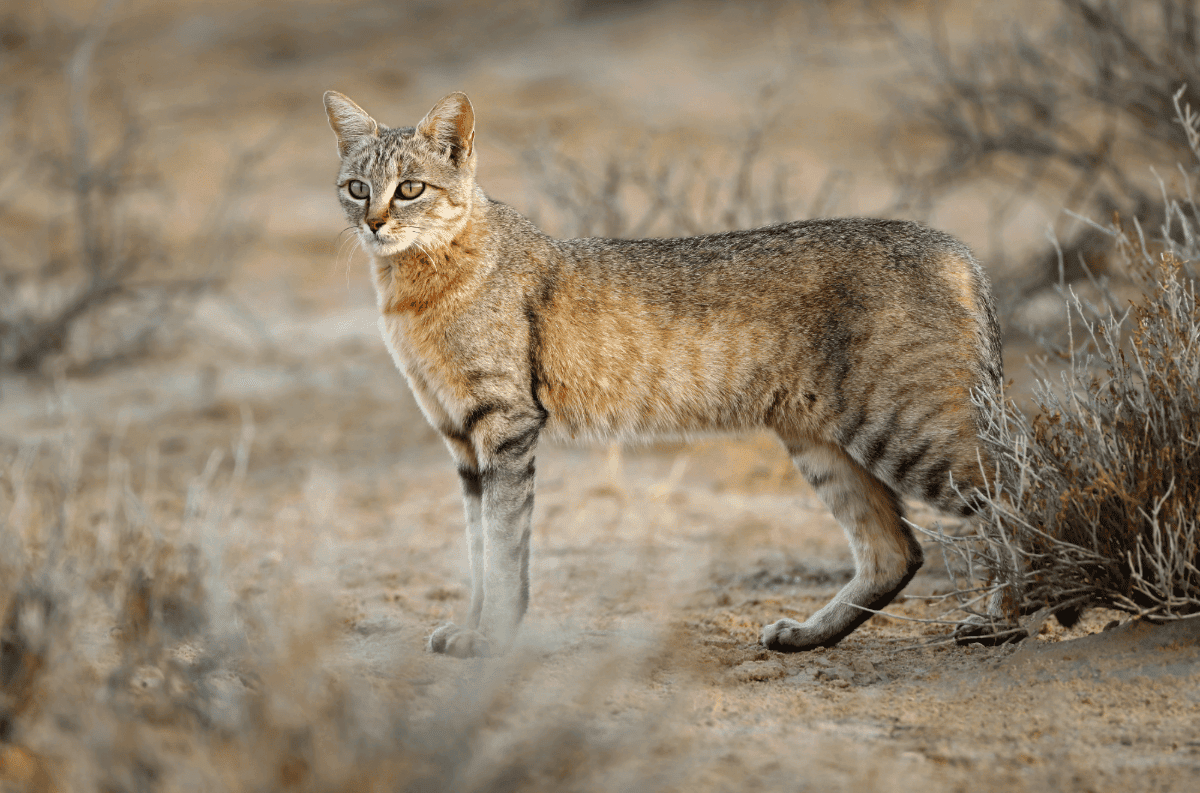
African wildcats in culture
In 1997, Libya dedicated a postage stamp to the African wildcat.
African wildcat research and quotes
2010 Black-footed cats (Felis nigripes) and African wildcats (Felis silvestris): a comparison of two small felids from South African arid lands | Sliwa, Mills, et al. “While variation in diet, home range size, resting site use, and activity patterns were present between the two species, we could not discern significant differences in these parameters, or in population threats.”

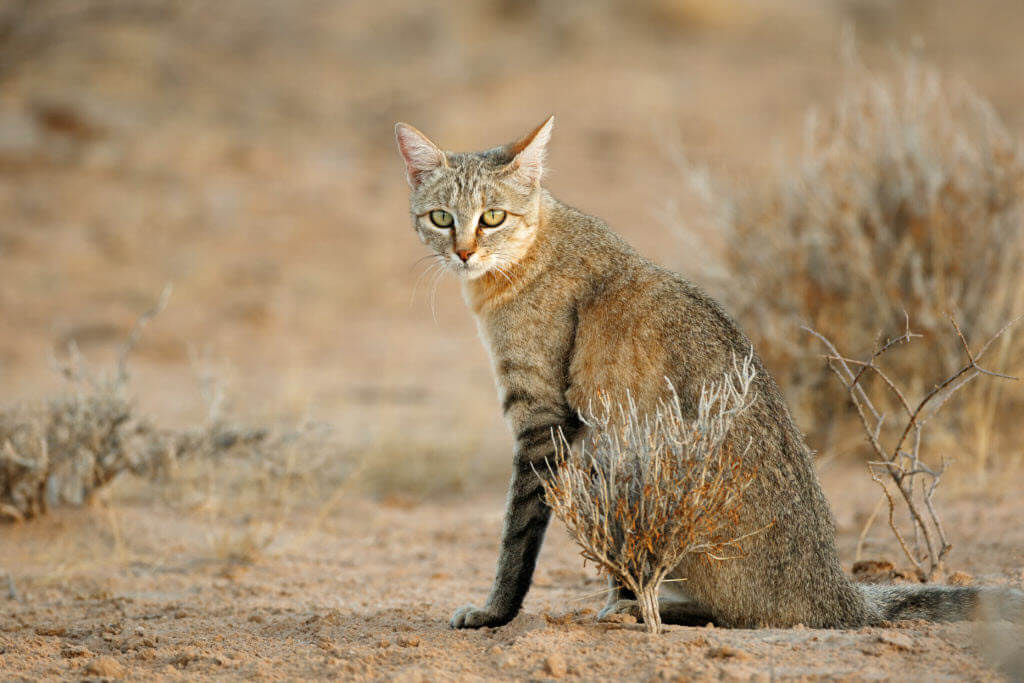


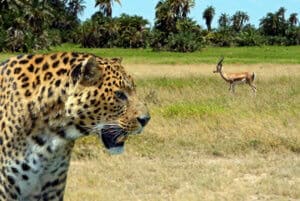



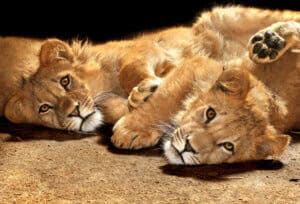
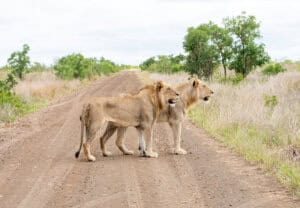



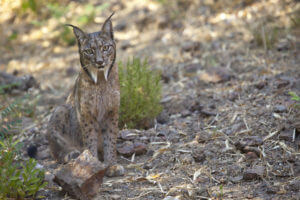




0 Comments